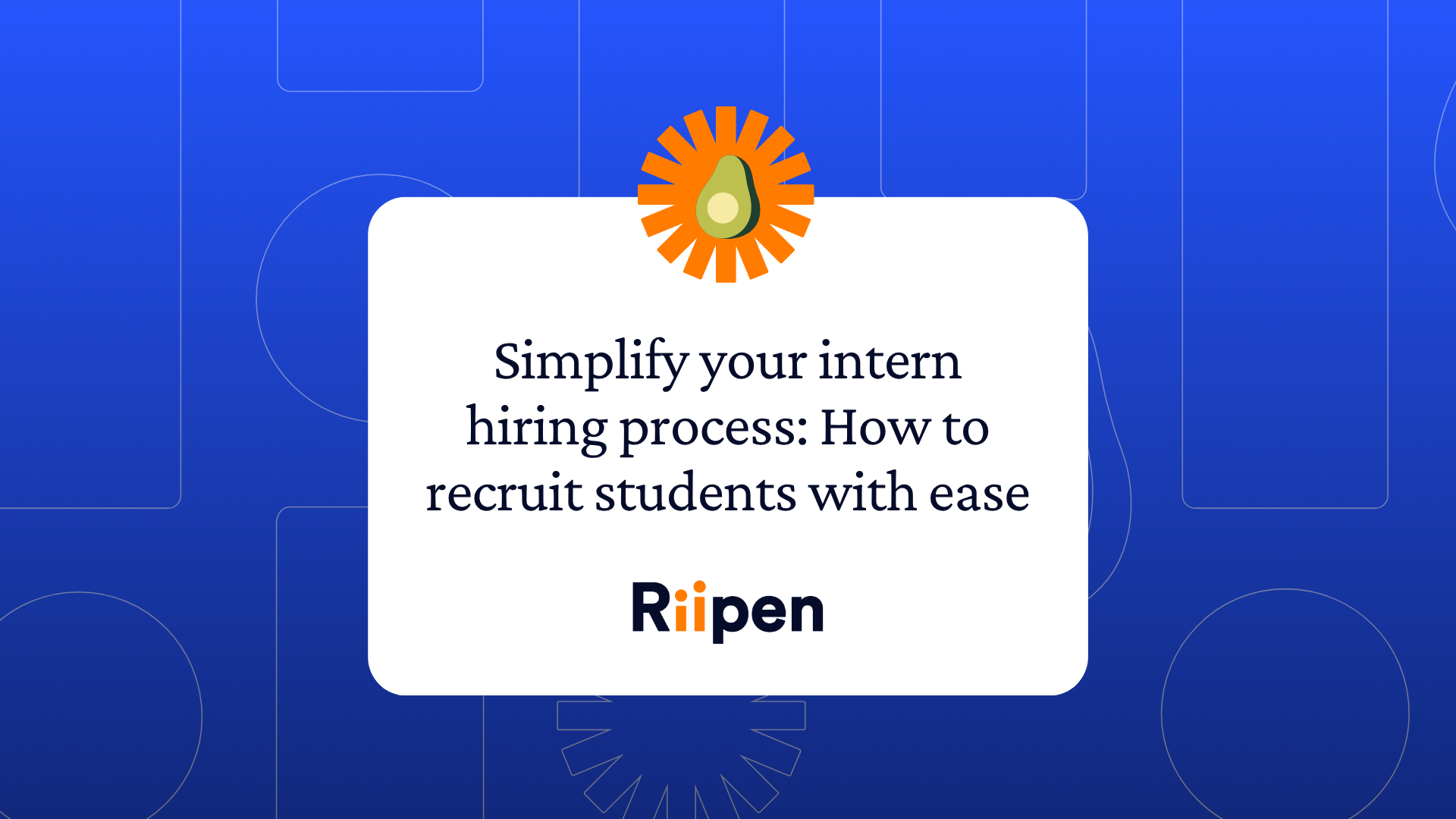How COVID is causing the international student landscape to evolve

COVID-19 has shocked the world, forcing us to adapt by shifting to a virtual-first world. This shift has caused a lot of change in post-secondary institutions, both academically and socially. With classes being virtual, many international students may choose to stay in their country of origin rather than returning to school campuses. International students specifically are feeling the impact COVID has caused to the higher education landscape. Post-secondary institutions will have to address the new concerns and interests of international students if they hope to keep them interested.
International students’ unique situation
There are several reasons why international students may be worried about returning to campus. Should a student return to their university campus, they risk not being able to return back to their home country as travel restrictions remain strict. There is also the risk of getting sick during the travelling process and a lot of time required for proper quarantining and self-isolation. COVID has also created a very difficult job market where many people found themselves being laid off or unable to land a job while expensive international tuition for many institutions was increased even more. Many international students are considering suspending or deferring their studies until everything returns to an in-person format and the world becomes more stable. OCAD’s student union did an informal survey where results suggested that half of the enrolled international students may be unable to return to school next year due to various scenarios and situations.
This could prove to be a huge issue for schools. International students pay a higher tuition, which has made up a large sum of revenue for post secondary institutions. Without the international fees, schools may lose a great amount of the income they normally receive. Both international and non-international students are pushing to have schools lower tuition fees, but the general majority of schools are looking at other ways to satisfy students.
How are schools adapting?
Rather than lowering tuition fees, universities are exploring new ways to keep students satisfied and engaged even with learning moving online. First, let’s look at the downsides of online learning. Many students chose to attend a specific university for the campus life and with campuses closing their doors and many students staying home for the semester, the campus life isn’t there. Students are missing out on the opportunity to utilize university facilities, which many pay for in their tuition, and are finding it more difficult to meet and engage with other students when they can’t meet in person. This is especially true for international students. Should they have travelled to their campus from another country, they know better than anyone this feeling of isolation; being in a foreign country where English may not be their first language and where they may not know anyone else.
The isolation brought on by having classes, clubs, and even work online may lead to a loss of motivation and an overall poor outlook on their university experience as it is drastically different than what they anticipated. This brings us back to our original question of what universities can do.
In an article by The Chronicle Herald, it is said that some universities, such as Columbia and other US business schools have said that they will likely move to a hybrid model of virtual and in-person learning. Campuses have worked to adapt to this hybrid style, providing students with certain services and accommodations to keep everyone safe. Hand sanitizing gel is provided all over campus and classes are typically held in larger classrooms, seating people a fair distance apart. Students typically go to campus for their classes and then head home immediately after to reduce their risk of being exposed to COVID-19. So campuses may be open to an extent, but that still hasn’t encouraged international students to pay to be on campus as the global university experience and campus life is still not there due to the new precautions taken to keep students safe.
Learning beyond lectures
Many students also depend on co-ops and internships to gain the necessary skills to be successful post-graduation. Due to COVID, many companies have no longer been able to guarantee placements and many students find themselves missing out on a great opportunity, or even having to extend their school time as they require an internship for credit. For international students, internships are essential to gaining global work experience.
An alternative many schools have looked at to replace the loss of these in-person placements is through virtual internships. Not only do students get to develop soft and hard skills, but remote internships allow them to work from anywhere in the world.
To date, Riipen has partnered with 58 institutions, 296 industry partners, and facilitated 1112 virtual internships for students across the globe. To learn more and how you can get started please visit the Riipen website https://www.riipen.com/ or contact our team at internships@riipen.com.

About the author:
Austin Gumbs is a Marketing Intern at Riipen and is currently a third-year University of Toronto student studying Business. He enjoys getting involved with his University community through his work on different clubs. When he isn’t working on extracurriculars, you can find him at his desk watching various Netflix shows and YouTube videos, playing games, or working on a new hobby of his: glass painting.








.png)


.png)


























